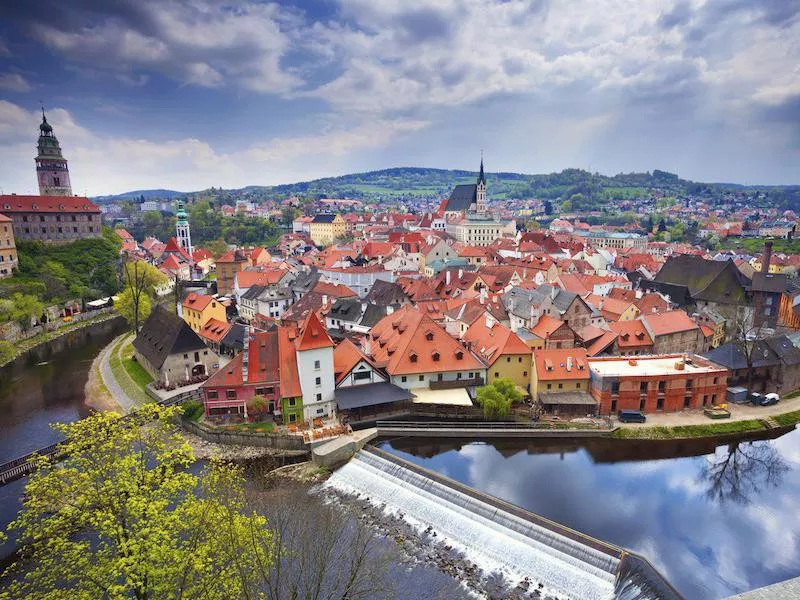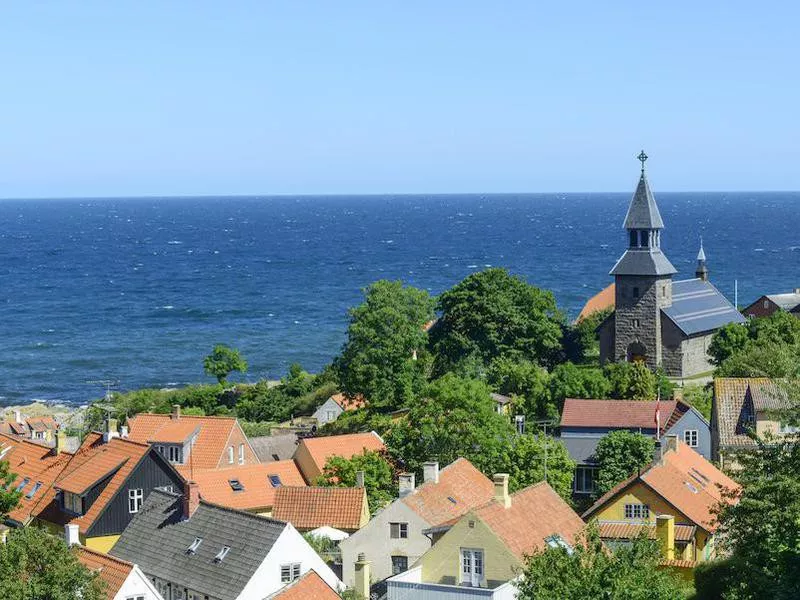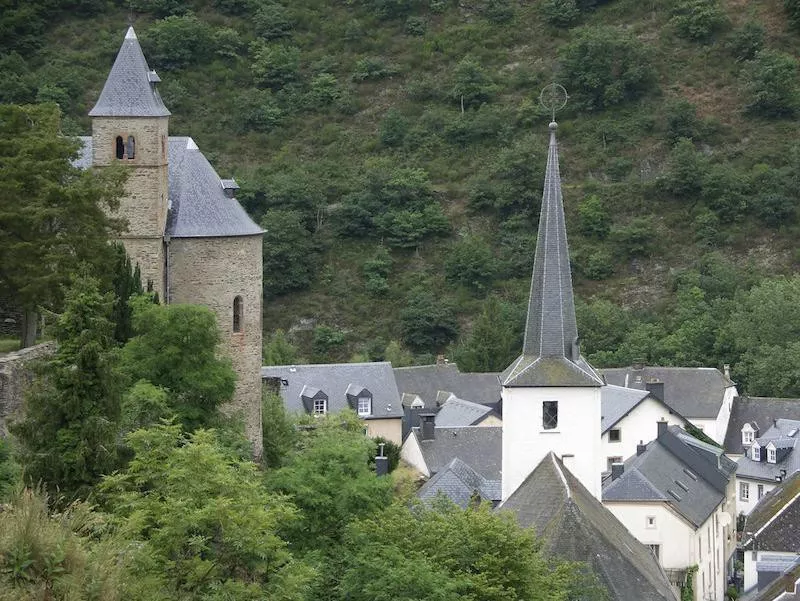We have all heard tales of long lines to see the “Mona Lisa” at the Louvre in Paris or the Sistine Chapel in Vatican City. We’ve read stories of cities like Barcelona and Venice wanting to cap tourism as they become overwhelmed with out-of-towners. But rarely do we hear about the small towns that make up Europe — the places were people live, work and play, but which do not see an influx of travelers.
It’s here where you truly get a sense of Europe and the varying cultures of its multiple nations. Without hordes of tourists, locals devote time to the people who have made an effort to visit their towns. And though small, these towns and villages — with fewer than 15,000 residents — aren’t short on attractions, stunning landscapes, or delicious restaurants and cafes.
At these best-of-the-best European small towns, ranked from most to least populated, fall in love with storybook settings sans the crowds.
32. Cesky Krumlov, Czech Republic

Getty
Population: 13,056
Why it’s a great small town: This Czech town, which is divided by the Vltava River, is located in the south of Bohemia, the region where, it’s believed, the term “Bohemian” comes from. Here awaits a castle with elements from Gothic, Renaissance and Baroque periods, as it was first constructed in the 13th century and underwent additions through the 17th century. The entire town is a UNESCO World Heritage Site that looks like it was plucked out of a fairy tale.
Combine a visit with a trip to Prague, a two-hour drive away, for a sense of European charm in a major and minor key.
Fun fact: The town’s name comes from the German “Krumme Aue,” or “crooked meadow,” perhaps for the river running snakelike throughout it.
7. Gudhjem, Denmark

Population: 715
Why it’s a great small town: A visit to this harbor town fronting the Baltic Sea affords fantastic views, chalk cliffs and white-sand beaches. So picturesque is the village that it’s drawn many artists and painters, whose works hang in the Bornholm Art Museum.
Fun fact: The village is located in Denmark’s sunniest region, Bornholm.
3. Esch-sur-Sûre, Luxembourg

Getty
Population: 314
Why it’s a great small town: Dating back to the 700s, Esch-sur-Sûre bore witness to Charlemagne’s reign. Over the course of centuries, its castle, first built in the 900s, grew in size during the First Crusade and during the reign of the Roman Empire through the mid-16th century.
When France’s King Louis XIV took control of Luxembourg, he destroyed the fortresses and castles of the country, yet Esch-sur-Sûre’s ramparts were saved as houses were built into them, and remain to this very day.
Fun fact: Victor Hugo, the author of “Les Misérables” and “The Hunchback of Notre-Dame,” visited Esch-sur-Sûre’s castle and is said to have been inspired by it.